Qantas
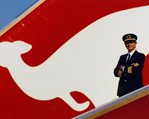

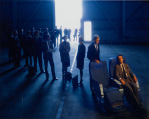
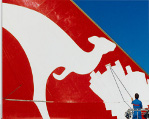
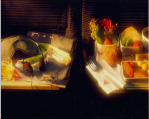
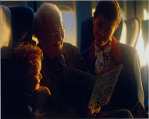
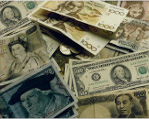
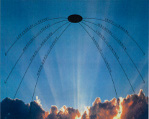
Background
Qantas had recently appointed new senior management and undergone an internal restructure. With a new team in place, a fresh vision and a new strategic direction for the airline, it was decided that a review of external suppliers would be appropriate.
After an extensive tender process, which included submissions from seven advertising agencies, Weekes Morris Osborn was appointed to work with Qantas.
At this time, Qantas and the domestic carrier, Australian Airlines, remained as separate airline identities. They both however where seen as “local”.
It was the management's intention to overcome this perception and to create a new image that would profile the Qantas brand and re-present it as a truly internationally competitive airline.
Review
Through extensive research, consumer workshops and focus groups, we learnt that there were many mixed messages and attitudes that surrounded the brand.
The local pride in Australia’s national carrier was somewhat different from international attitudes.
There was little recognition or understanding by most global travellers of the kangaroo logo and its relationship to Australia . However those that had travelled with Qantas were impressed with the high standard of in-flight service and catering by comparison to other international airlines.
Most Qantas flights are long haul , which necessitates maximum attention from cabin crew, and this was a strong positive factor in focus group recall.
Other positive features that emerged in research were the high standard of training and experience of flight deck crew, the newness of the aircraft fleet and Qantas holding the best safety record in the world.
Qantas invented the concept of Business Class and needed to capitalise on this innovation to attract business travellers, particularly those flying from South-East Asia to other international destinations.
The positioning statement for Qantas was “The Spirit of Australia”. Research indicated that this created confusion in some Asian markets. For example, translations included “The Drink of Australia” and “The Ghost of Australia”.
Due to the major Qantas internal organisational restructure, many enthusiastic, committed, customer service focused staff were disengaged. Morale needed to be boosted.
Recommendations
Having discovered a new set of values, experiences and feelings that gave merit, charm and a uniqueness to the airline, we set about isolating the key features, experiences and travel benefits that were identified as Qantas strengths.
In essence, Qantas is best described as an airline that goes beyond normal expectations.
Therefore we came up with the positioning statement “We go further”. This line totally embraced the core values of the airline.
However the retention of “The Spirit of Australia” was a mandatory as this had been a long established tag line.
The recommendation was to retain this statement in conjunction with the logo and let the new positioning statement stand apart.
The Campaign
The campaign launched as a saturation television roadblock campaign with a 90 second spot followed by 30 sec product specific spots.
Translated into various languages, the print campaign launched in conjunction with double- page spreads in national and international major metropolitan daily press, speciality publications and magazines.
The campaign heralded a new age for Qantas.
The strategy was to reinforce the unique core value of “going that bit extra” that filtered through all Qantas activities - from cargo to engineering and maintenance, to the seat quality and comfort to the selection of the wines.
Having the responsibility to creatively enforce the campaign globally meant producing a guidelines manual for all offices.
The unique issues that arise from region to region required a degree of flexibility and cultural sensitivity . These manuals were well received and, for the first time, a truly global campaign with a consistent look and feel resulted.
Outcomes
Pre and post testing indicated a considerable increase in recognition of the Qantas brand and its transition from a regional to a global airline with a reputation that became envied by its competitors.
All global offices, both Qantas and travel agencies, fully embraced the campaign and the increase in the number of business and leisure travellers met set targets.
The message was adapted to all media through to in-flight and this, coupled with internal staff communications, resulted in a general lift in staff morale and a marked increase in work place pride and productivity by aircraft crew.